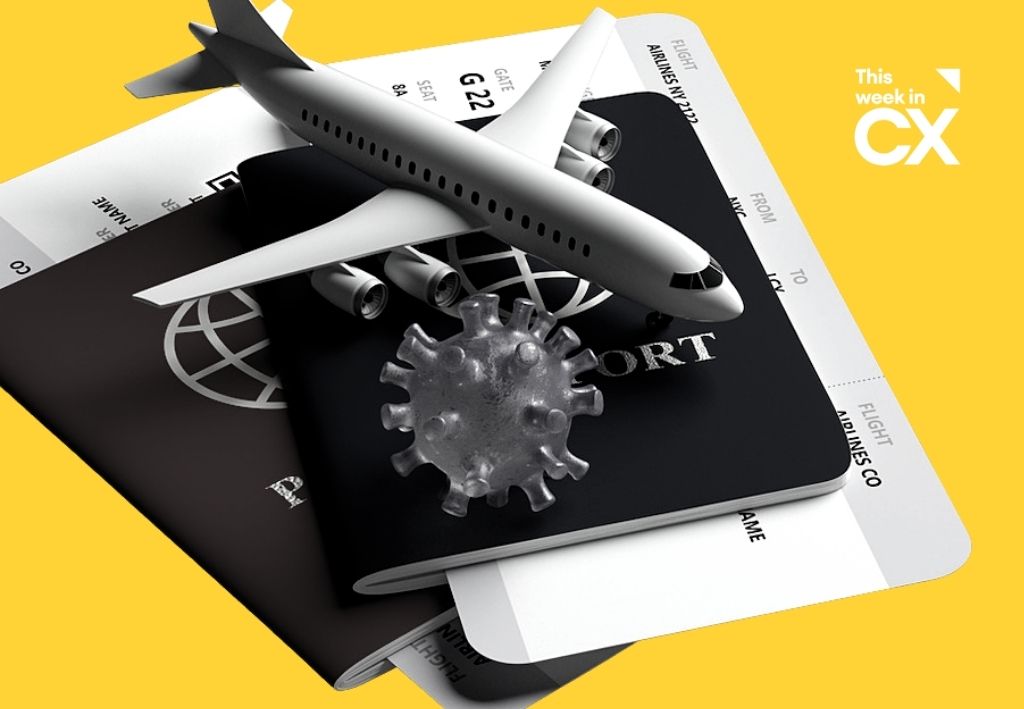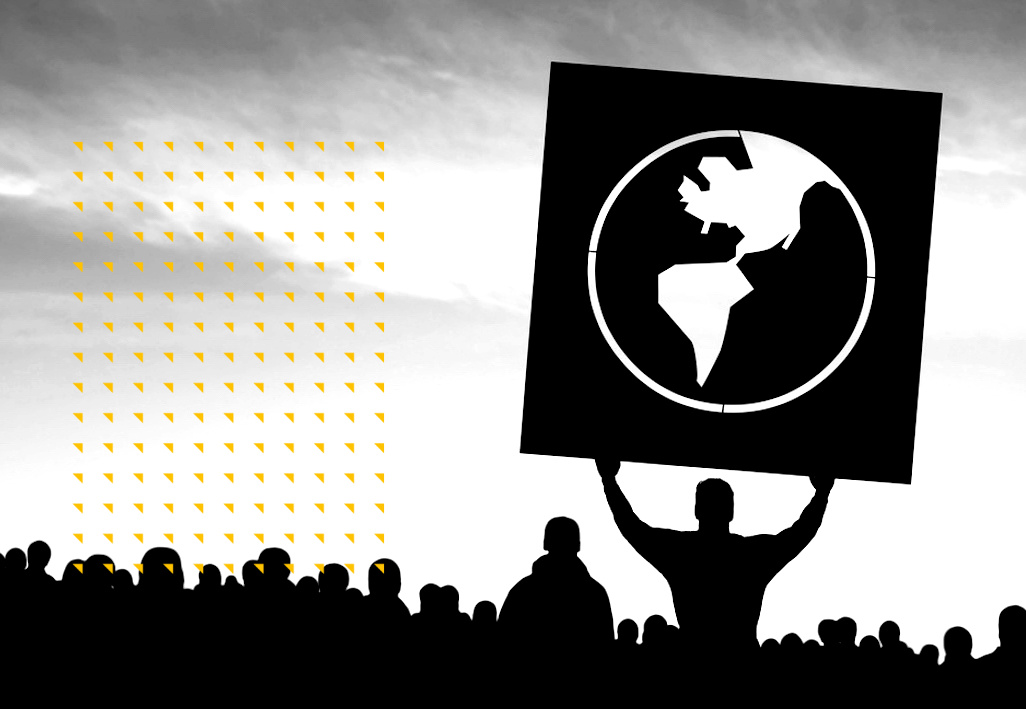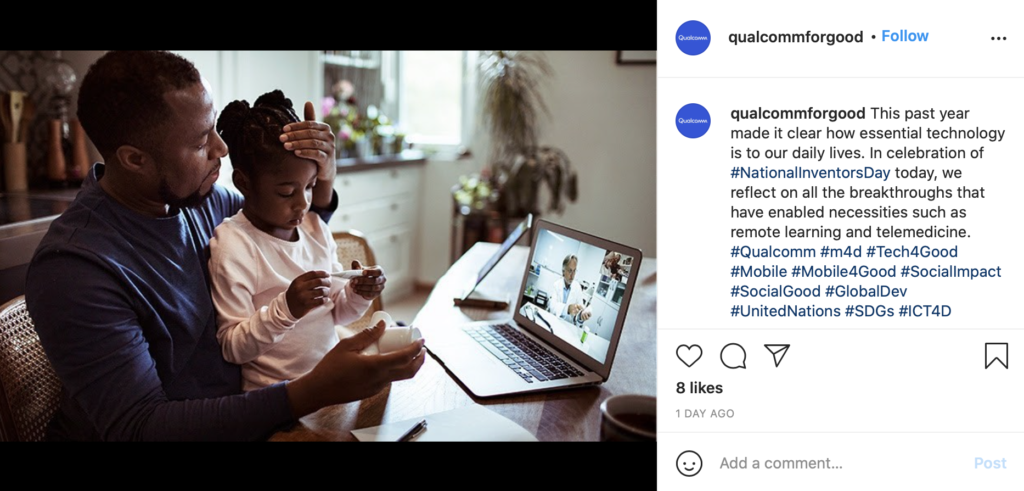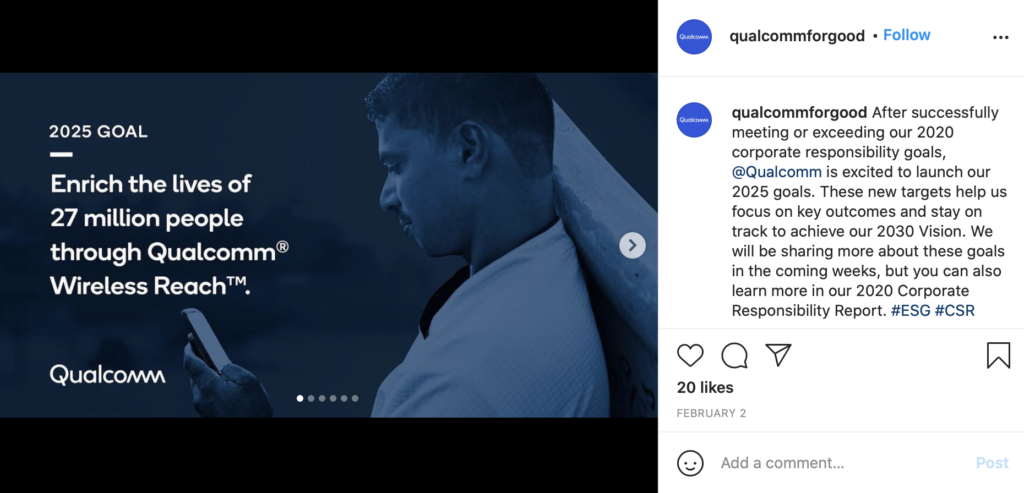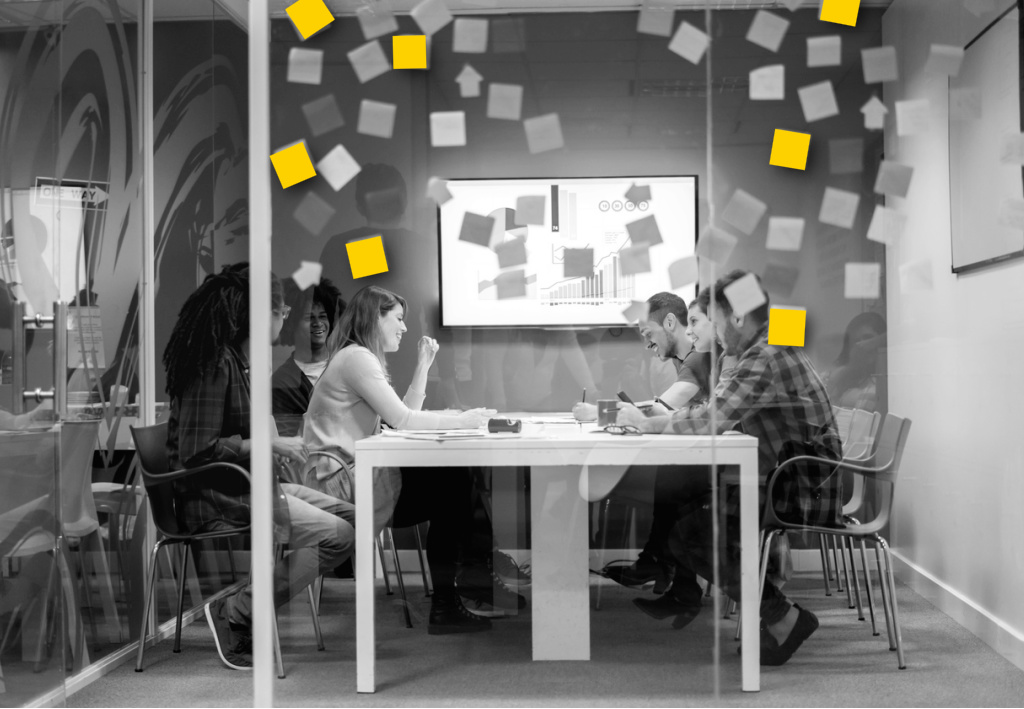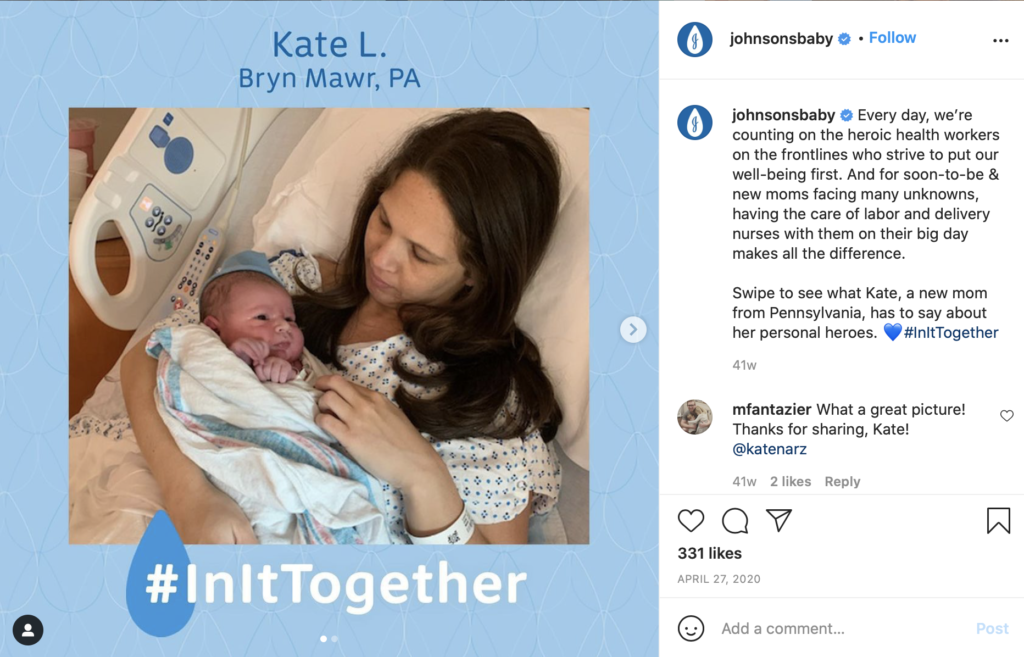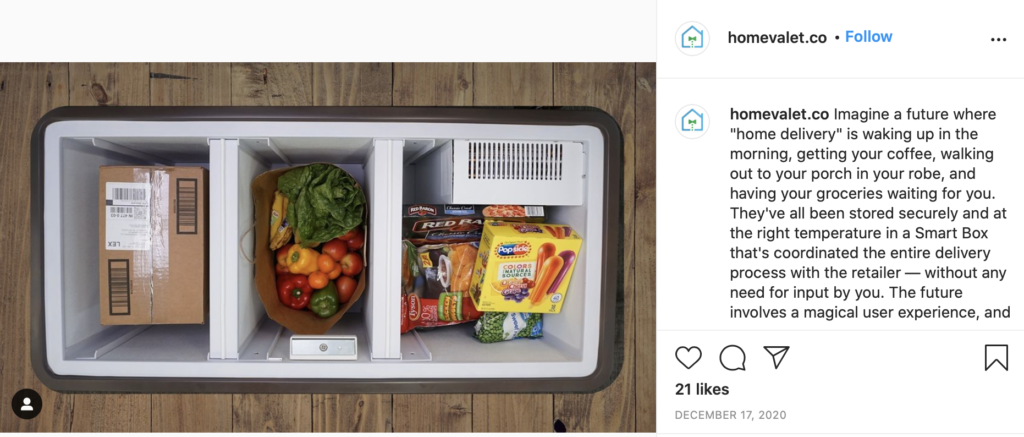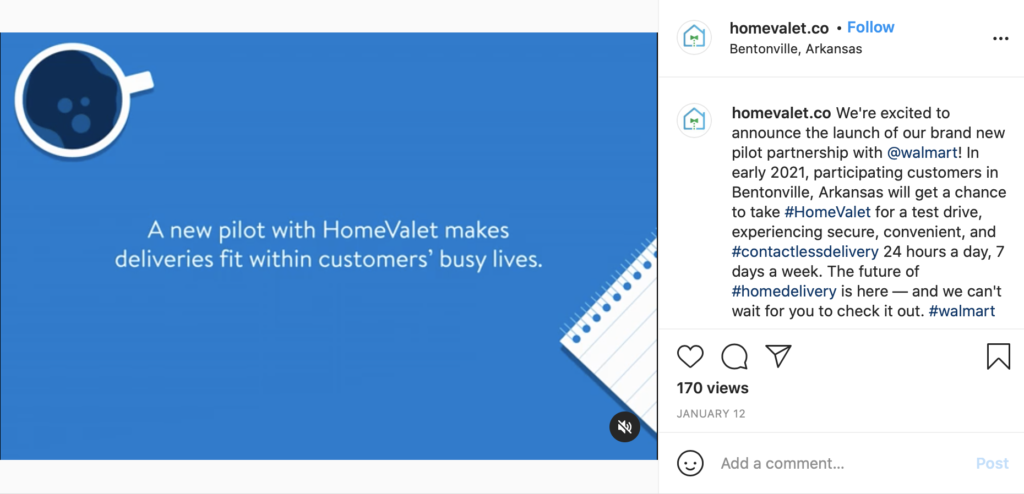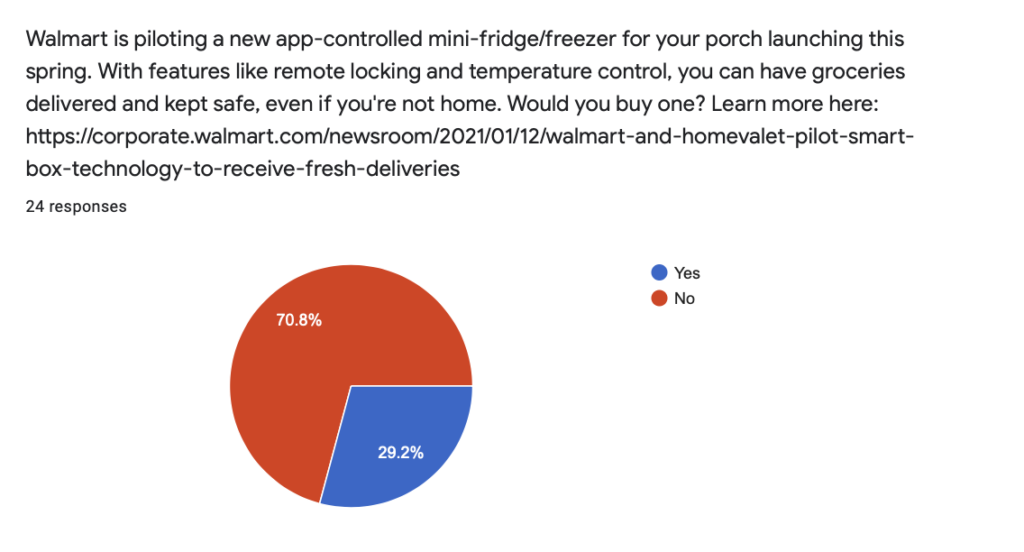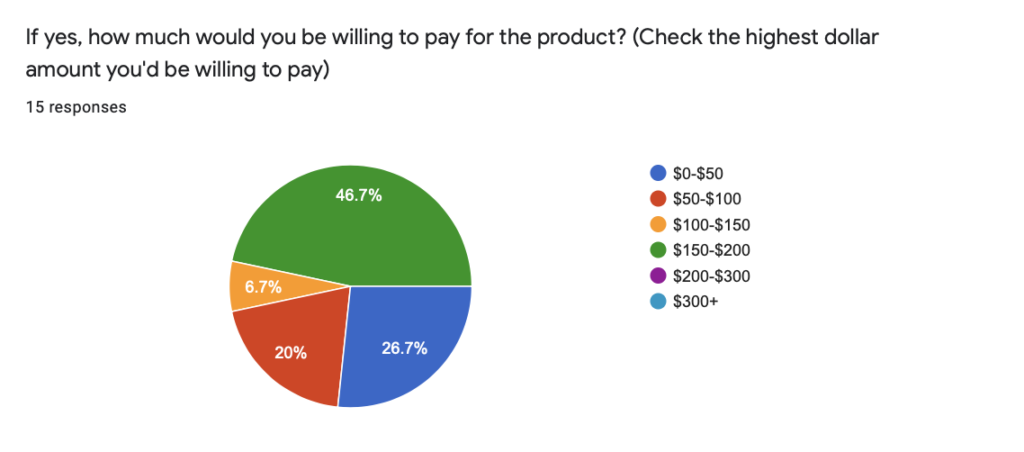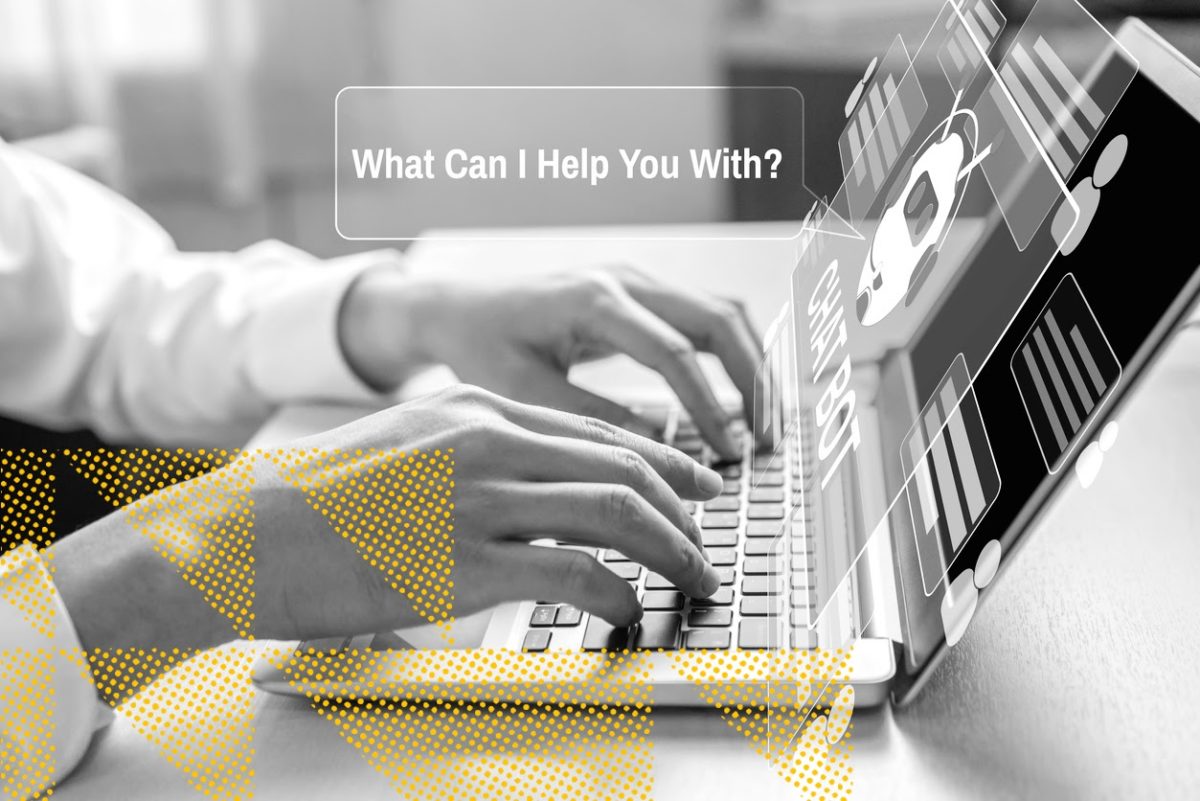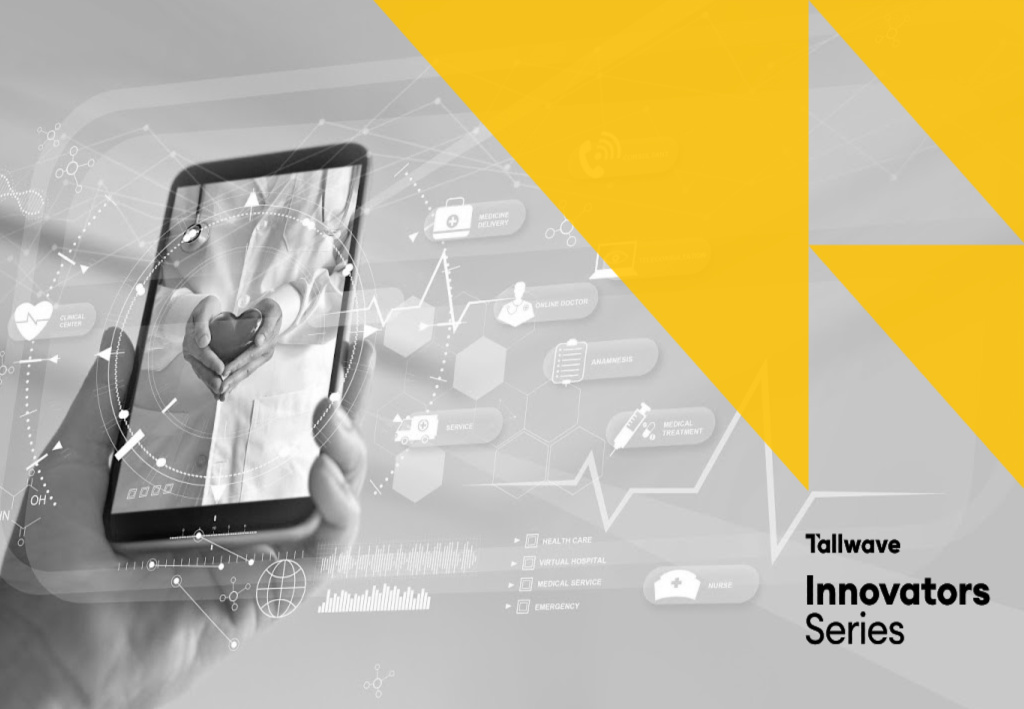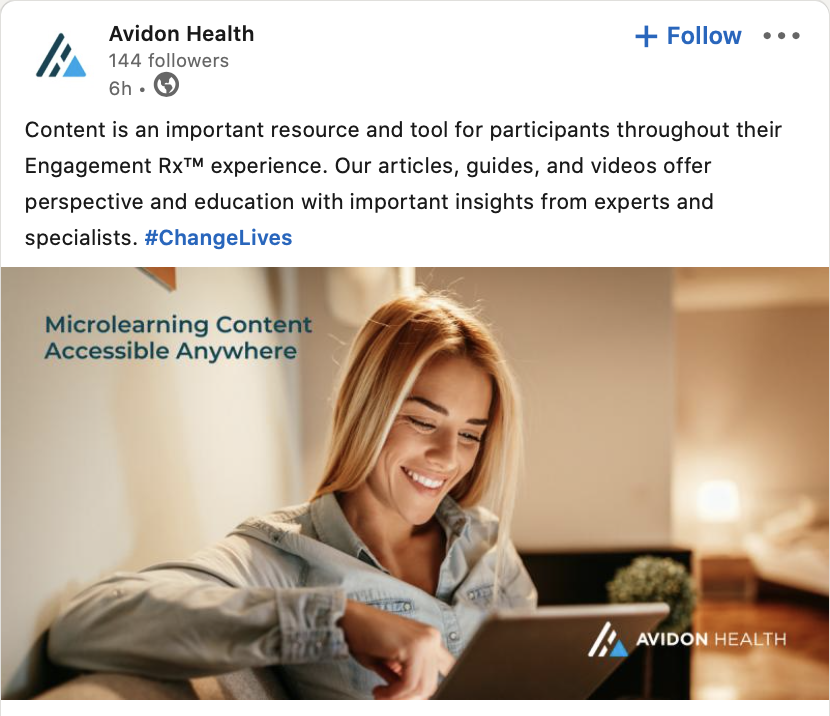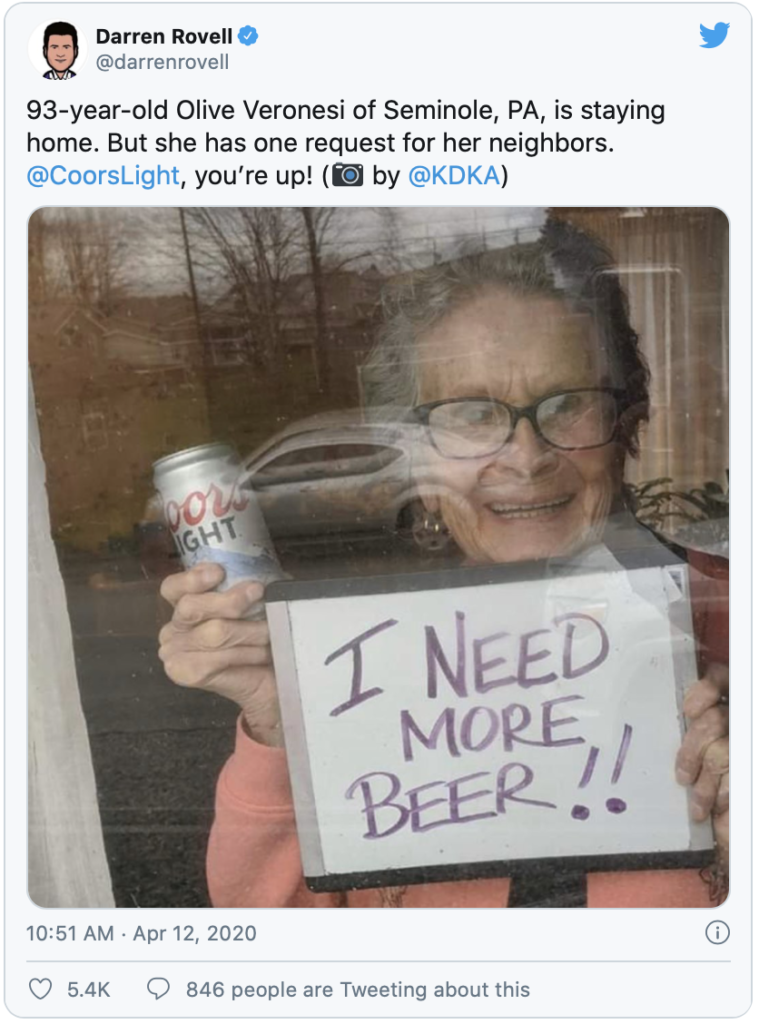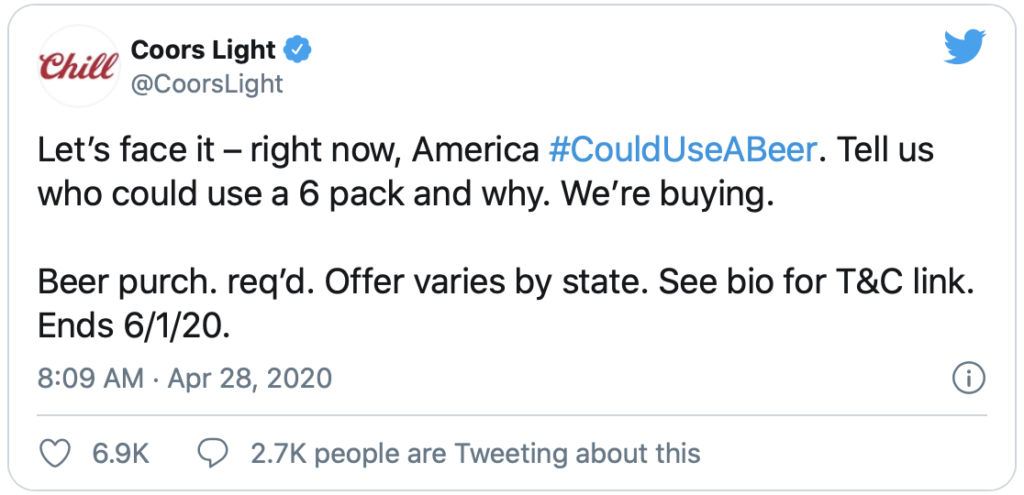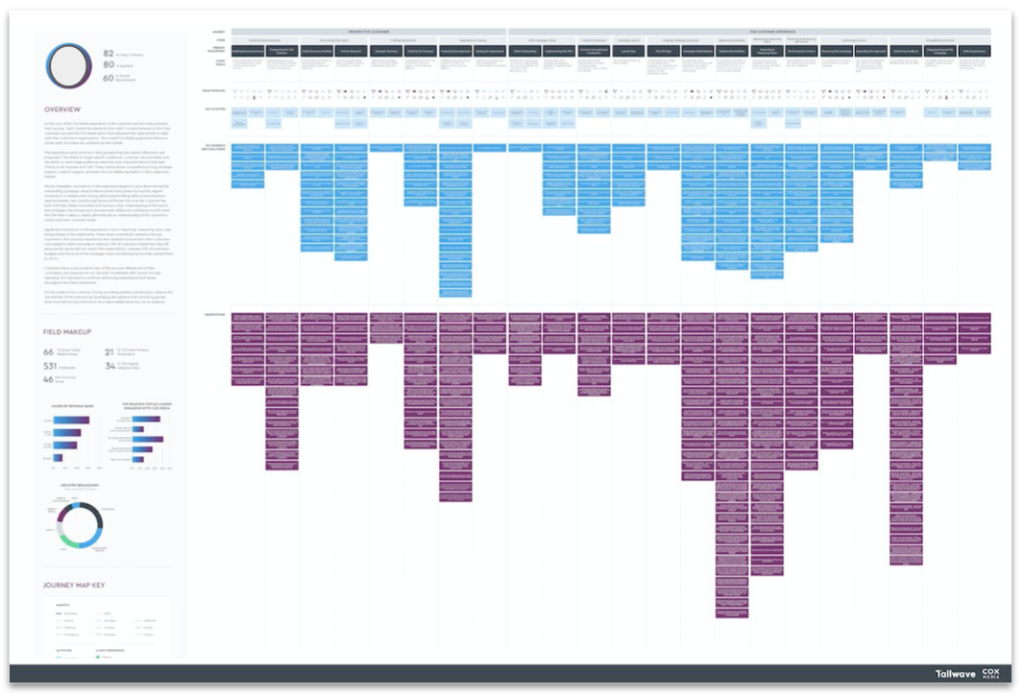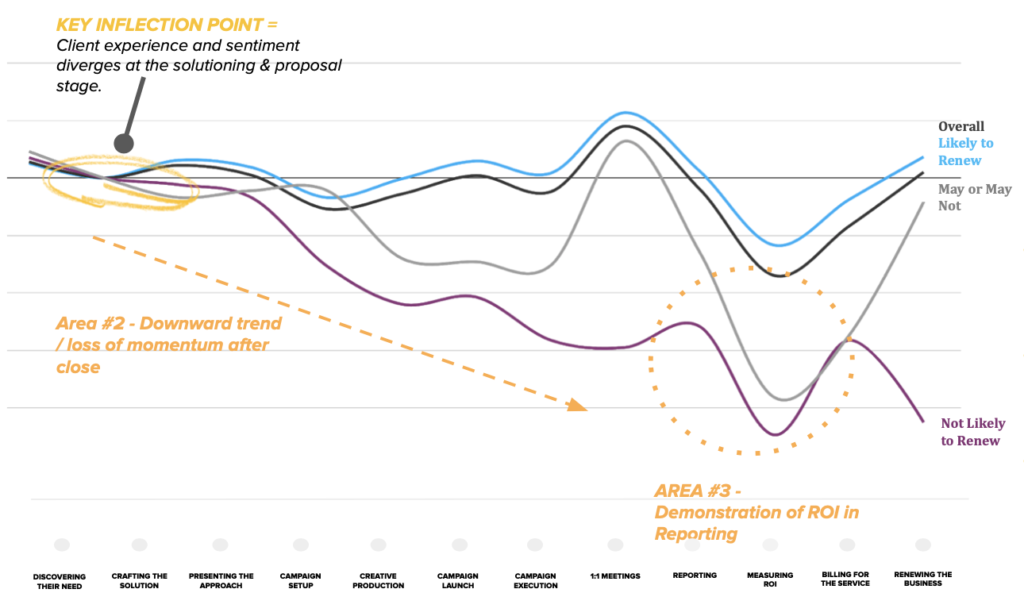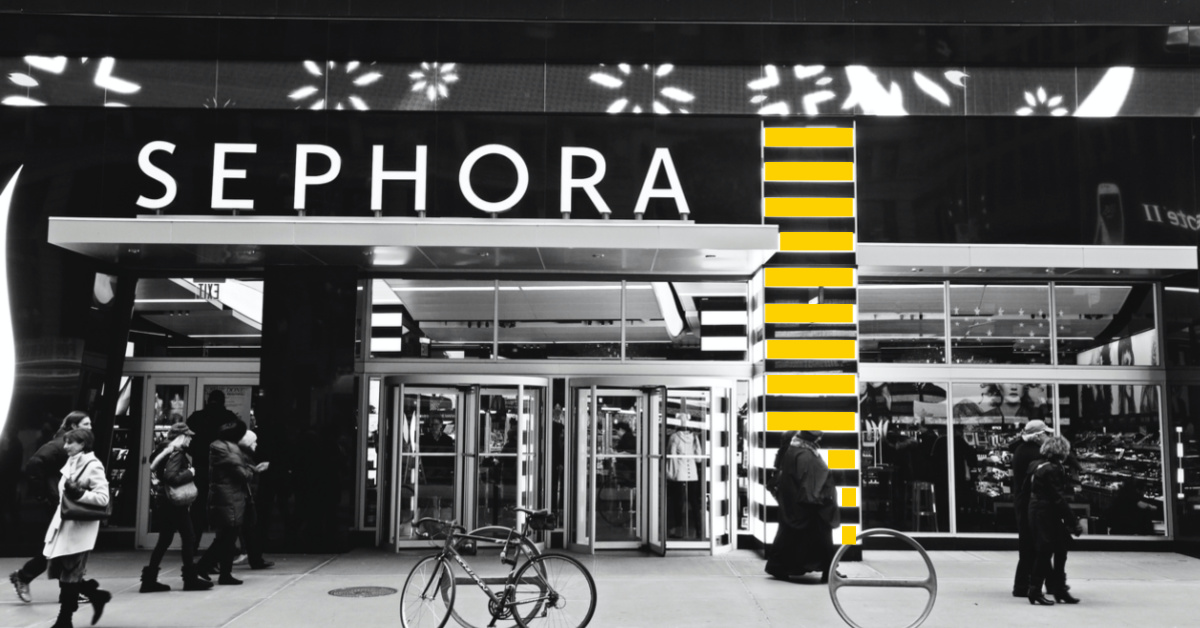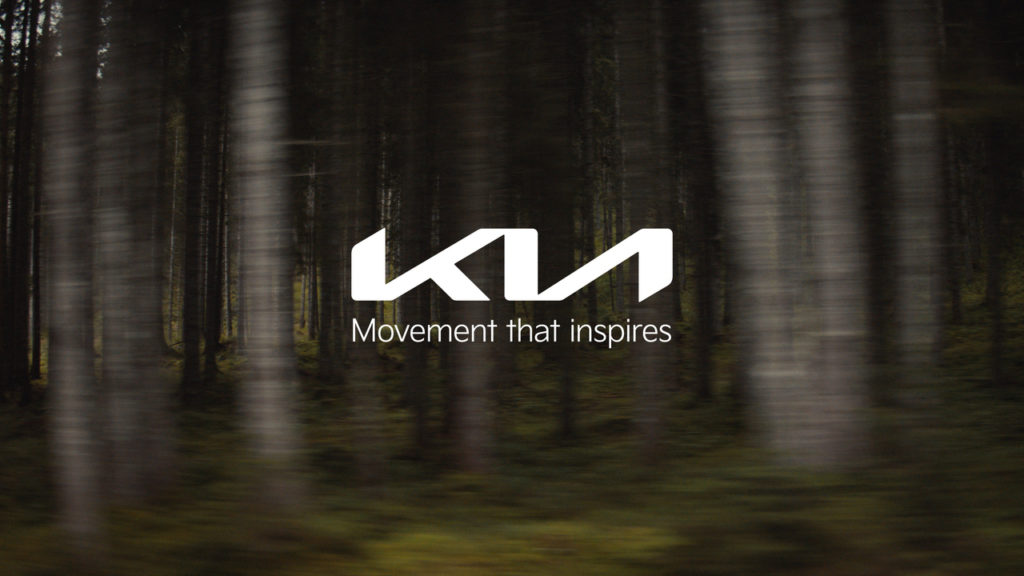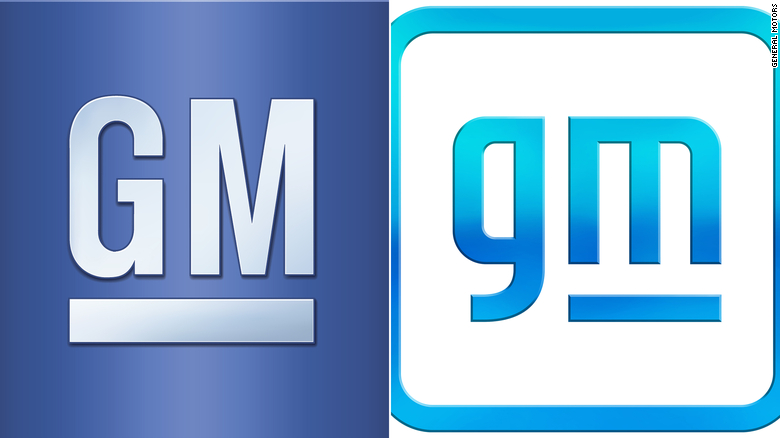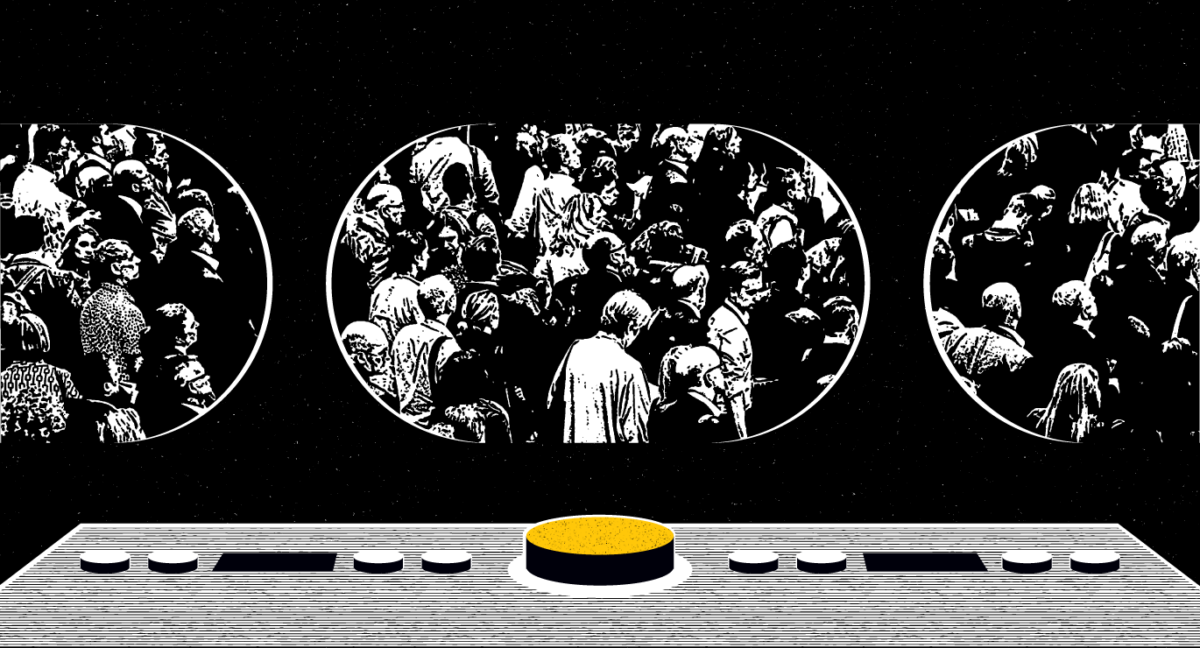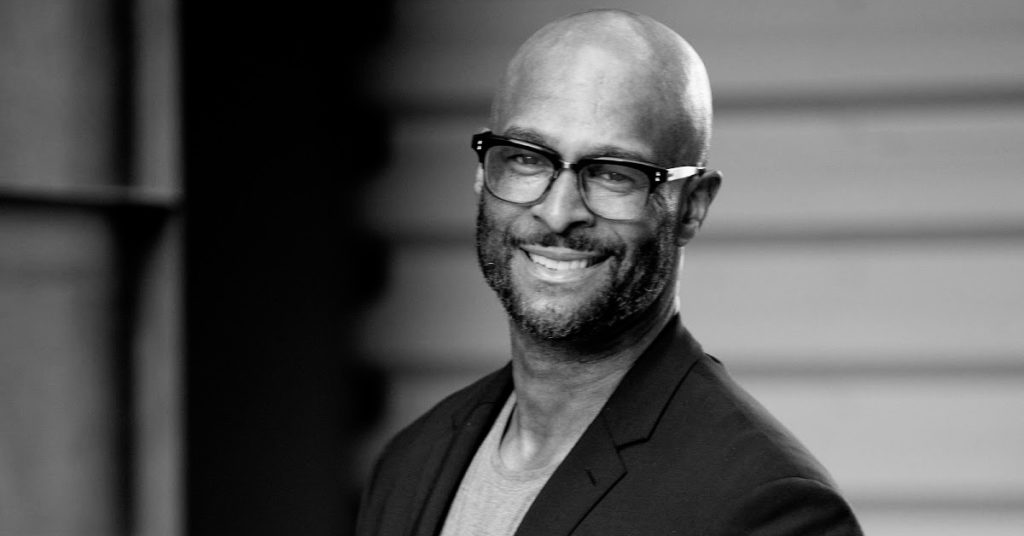Airports, airlines, hotels, and businesses that rely on local tourism are rapidly trying to build new and innovate old customer experiences to make customers feel safe, and encourage the resurgence of travel sooner, rather than later. Just this past week:
- Air France announced plans to test new ICC AOKpass health passes starting March 11 on all flights from Paris to Pointe-à-Pitre and Fort-de-France. The tests will be provided to travelers willing to volunteer, and be an opportunity to assess real-life application and gather consumer feedback. The ICC AOKpass is one of many solutions being evaluated to manage digital health documents. If successful, it is meant to improve the customer experience and streamline the airport journey so that the skies can safely reopen and traveling without fear can resume.
- Emirates announced a new partnership with GE Digital Aviation Software and TE FOOD to trial a new smartphone app that empowers safer and easier international travel. The app, currently titled TrustOne, will house all medical screenings of employees and travelers. Additionally, users preparing for a trip will be able to use the app to find testing and lab locations, book appointments, and review test results. Use of the app will cost money – around $40.84 – but a representative for GE Digital said in a press statement, “This is the first step in making international travel during the pandemic as convenient as possible by facilitating pre-travel requirements.” As trials ensue, the GE Digital team will continue to iterate to ensure the app meets government testing and verification requirements.
- FlySafair, an airline dedicated to transporting travelers to South Africa, also released an app that they hope will simplify the customer experience and in turn, increase their pandemic travel market share. “Customers can manage their journeys on their own devices,” explained FlySafair’s Chief Marketing Officer Kirby Gordon. “Boarding devices are kept on the device which supports our ‘No Touch’ approach at the airport and live updates through the app will keep customers abreast of any possible schedule changes.” Individuals who wish to visit South Africa can also use the app to search for and book flights.
Reimagining the Hotel Customer Experience
While airports and airlines scurry to announce new plans and fight to be the first to lead pent-up travelers into the new normal, hotels are also planning for what the future may hold. According to Christine Ketter, the Senior Director of Customer Experience and Innovation for Marriott International, the forecast for future travel is bright.
“We know that people are definitely looking forward to booking [their] next trip,” she told our Vice President of Strategy, Jesus Ramirez, during a Brand Innovators live discussion. “And if anything, they’re going to be more appreciative, [and more] cognizant of what it will mean when they’re on that [first] airplane ride or checking into that hotel. I think [that’s] one of bright spots, that – even though it took a little bit longer than obviously anybody would have hoped or anticipated – there is that excitement [and] enthusiasm that when people want to plan a trip, they’re willing to do so. They’re [proactively] looking for that next vacation, or even [getting] excited about conferences or in-person networking opportunities to reconnect with colleagues.”
To ensure hotel visitors have exceptional experiences, Christine said it’s important for hotels not only to personalize the visits, but provide them with socially distanced yet engaging opportunities on-property and off.
“[Marriott International has] done an amazing job pivoting and repurposing different spaces. We have family yoga sessions [and] old rooms [that have been converted] into sanctuaries. [It’s all about] what guests are wanting and requesting. It is so important for our guests [to feel] very comfortable when they come to the properties through all elements of the journey, from the moment that they arrive to the times when they’re enjoying some of our food and beverage outlets. Some of our hotels [have redesigned] guests rooms to be private dining spaces or [spaces] for evening social events.”
Local partnerships are also creative ways to improve guest experiences. For example, Christine says various Marriott locations allow guests to be farmers for a day or take Marine biology courses for intellectual stimulation.
Also read: 3 Companies Launch New “Unparalleled” Experiences Aimed at Improving Common Life Events
“Travel used to be for escape. And now it’s more for connection. That’s connection to others [and] connection to yourself,” Jesus said, pointing out that intention and introspection will all be themes that travelers weave into their vacation plans. “So travel just isn’t about travel. It’s always had a larger meaning,” he says. “it’s quite possible that the meaning of travel is going to change or has changed during this time.”
Christine agreed, saying hotels need to spotlight guest’s mental health and wellness by providing options for them to engage in both physical and mindfulness exercises.
To learn what else Christine and Jesus predicted for the future of travel, watch the full conversation below or read the full transcript here:
What Our Travel Expert Predicts For Airlines & Hotels
We wanted to pick other Tallwaver’s brains so we reached out to our Senior Consultant Matthew Kiesel, who worked for two airlines at headquarters (United and American Airlines) and did airline management consulting for Sabre prior to joining our team, for his take on the current and future state of travel.
What is your perspective on the travel industry right now?
I think the piece that’s still been hit the hardest is corporate business traffic. And there’s a couple of reasons behind that. One: Companies have travel restrictions for health and safety reasons. They don’t want their employees traveling when there’s liability and risk. Two: Many companies have faced extreme budget cuts, so travel is one of the first things to go in terms of controllable expenses. And three: People have just adjusted to the Zoom world in a way that no one thought was possible. Some of those meetings where professionals may have flown somewhere for just a day or hopped across the world for a sales pitch, that’s changed because everyone is surprisingly comfortable meeting virtually now.
Do you think travel is going to return anytime soon?
I think the segment we see coming back quicker than others is domestic travel and leisure travel. People are anxious to go somewhere. The fares and room rates are unbelievably cheap right now, so people that feel comfortable taking small risks are willing to take advantage of those deals. I think international travel is a bit of a different story, though. There are so many restrictions going between countries – you have to research what countries are allowing travelers and inbound traffic, or even where you are allowed to make connections. Additionally, there are so many additional travel requirements. You need a test before you get there, then you need a test to get back into the United States. Some places have even instituted mandatory quarantines. So, that type of travel will be slower to come back.
What do you think needs to happen to increase traveler confidence and make the experience easier to navigate to support a resurgence of travel?
Airlines, airports and hotels have done a surprisingly good job of being nimble and dynamic. Airlines, in particular, are typically slow to react because they’re massive companies and kind of old school in their management style. So, they’ve really used the technology and tools at their disposal, like apps, to be more nimble, change more quickly and adapt to the various updates in rules and regulations. And I think the apps, when they’re official and a part of the travel journey, will really help out. Travelers won’t be tasked with figuring out the rules or where to get tested by themselves. If travel and hospitality organizations integrate those requirements into the process at a reasonable cost, people will likely be willing to accept that.
What do you think the customer experience associated with travel will look like as we enter into a post-pandemic world?
For both health and safety reasons – and, equally so, cost reasons – airlines have stripped away nearly every component of onboard service. They’re barely even offering water service unless you need it. They’ve been able to make that work, and have forced passengers to lower their expectations even further. But I think as travel returns, the airlines will have a difficult time figuring out how to bring back the onboard experience. They have to really evaluate what their model is going to look like. Are they going to return to exactly the way they were before? Or do they use this as an opportunity to reset their customer and onboard experiences in terms of identifying what people are willing to pay for?
Are there any data insights you think organizations within the travel & hospitality industry should be paying attention to?
When airlines first started coming back, they were all blocking the middle seat, that way travelers knew there wouldn’t be anyone directly next to them. Now, I believe all the big carriers except Delta have eliminated that feature. What’s interesting is that we haven’t seen any data that suggests Delta outperformed other carriers by keeping that customer friendly component. That proves that people are still primarily price conscious when it comes to traveling – and that might transcend airlines and relate to hotel accommodations, as well. All organizations in the travel and hospitality category need to experiment to figure out what people are willing to pay for and, therefore, what customer expectations they need to strategize around and plan for. More than ever, organizations need to understand consumer behavior and what’s driving them to travel, either now or in the future.
Also read: Qualitative and Quantitative Data in CX Design: Everything You Need to Know
As travel and hospitality organizations seek out solutionists and partners to help innovate their customer experience, what should they be looking for?
A company who can look at the experience holistically, starting with journey mapping. In the airline world, we often performed customer journey mapping. It’s an exercise that traces every touch point, from booking or searching all the way to picking up your bag and getting into your car after a flight; a good journey map should even evaluate the post-flight experience and communications. Travel and hospitality organizations should look for partners who have experience evaluating the various touch points and illuminating moments of friction and opportunities for improvement. Further, for any project, the recommendations from partners should be substantiated by strong qualitative and quantitative data to ensure they’re not only giving customers what they want, but also predicting what they’re going to need and how their behaviors and expectations are going to evolve.

